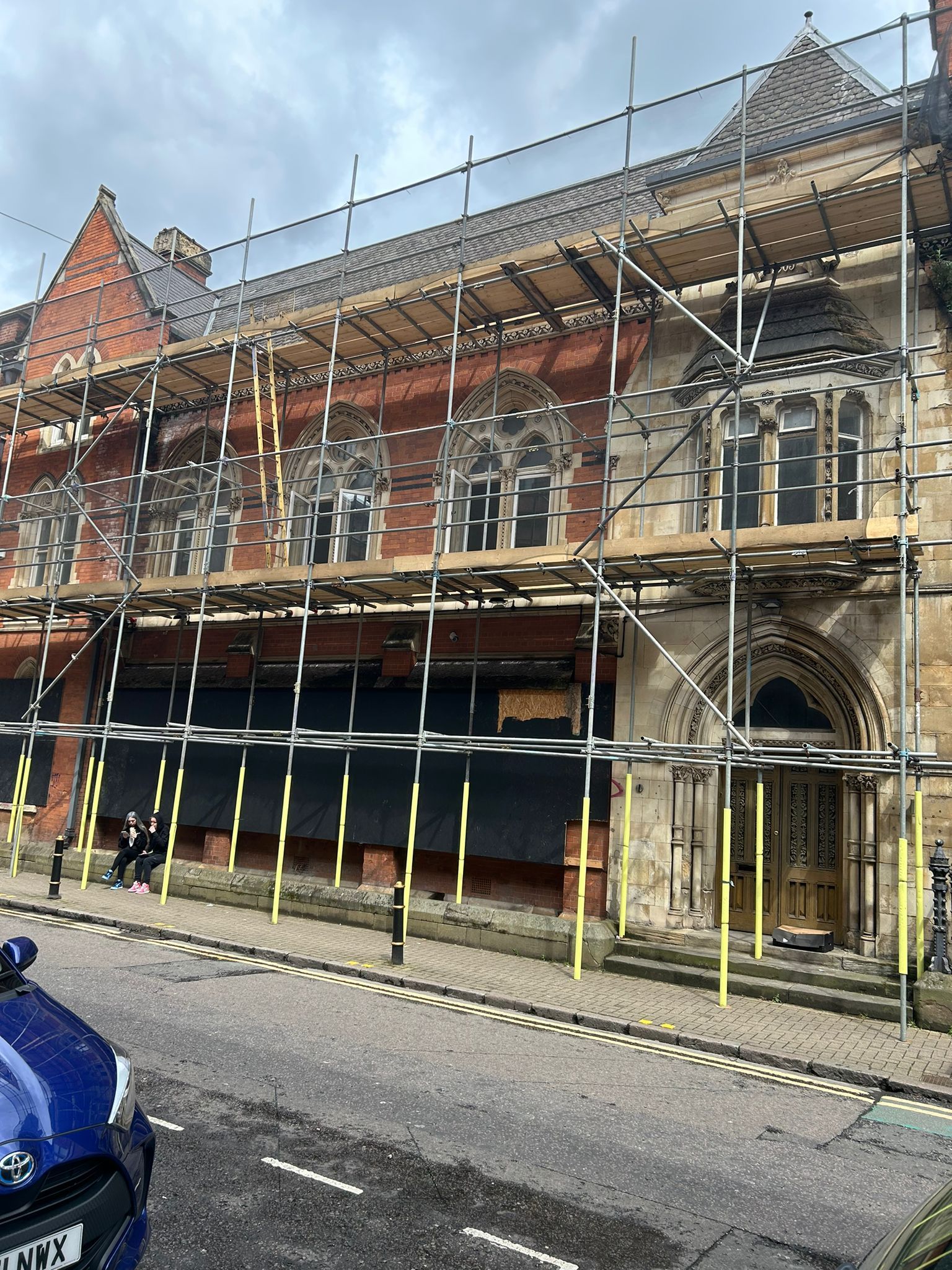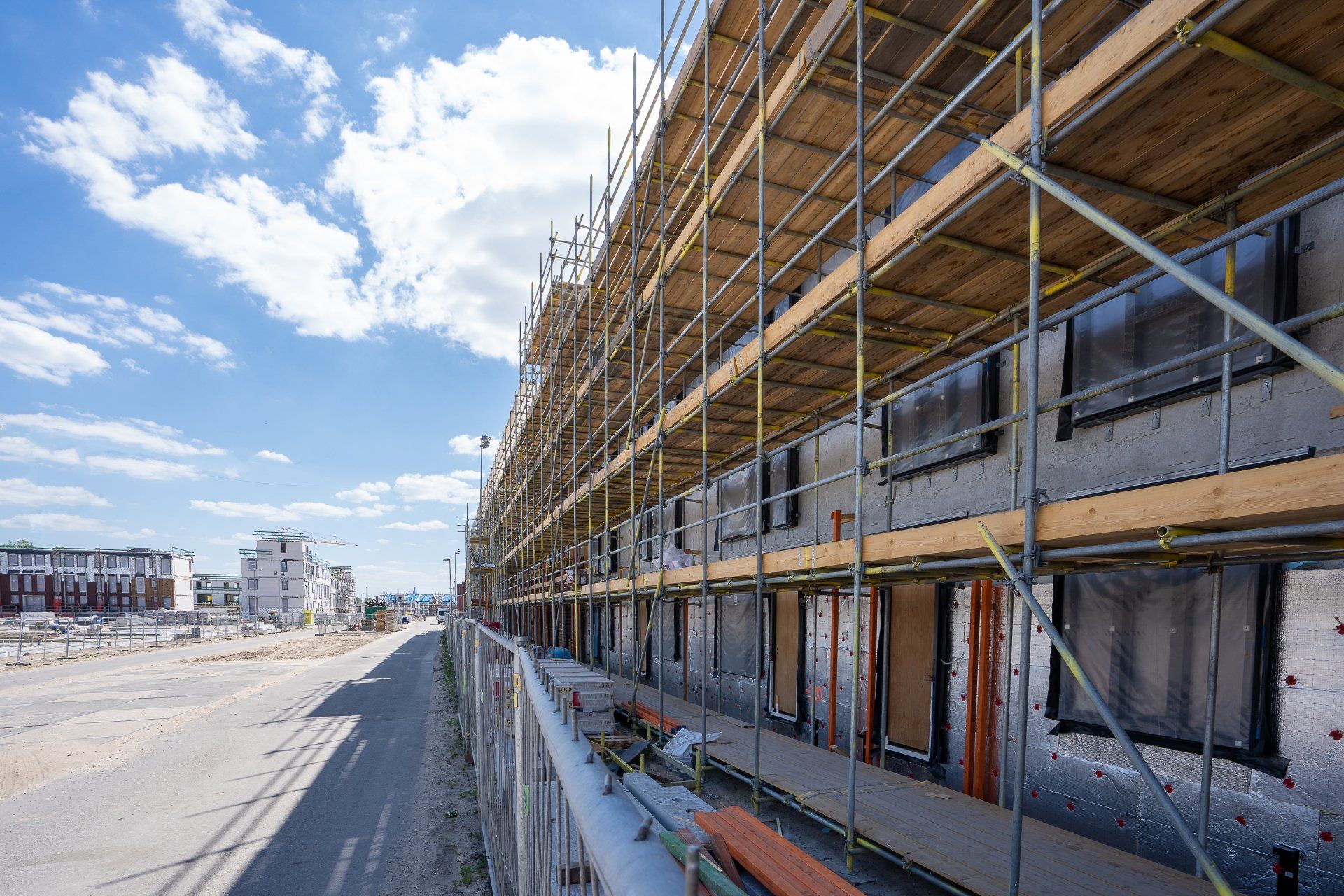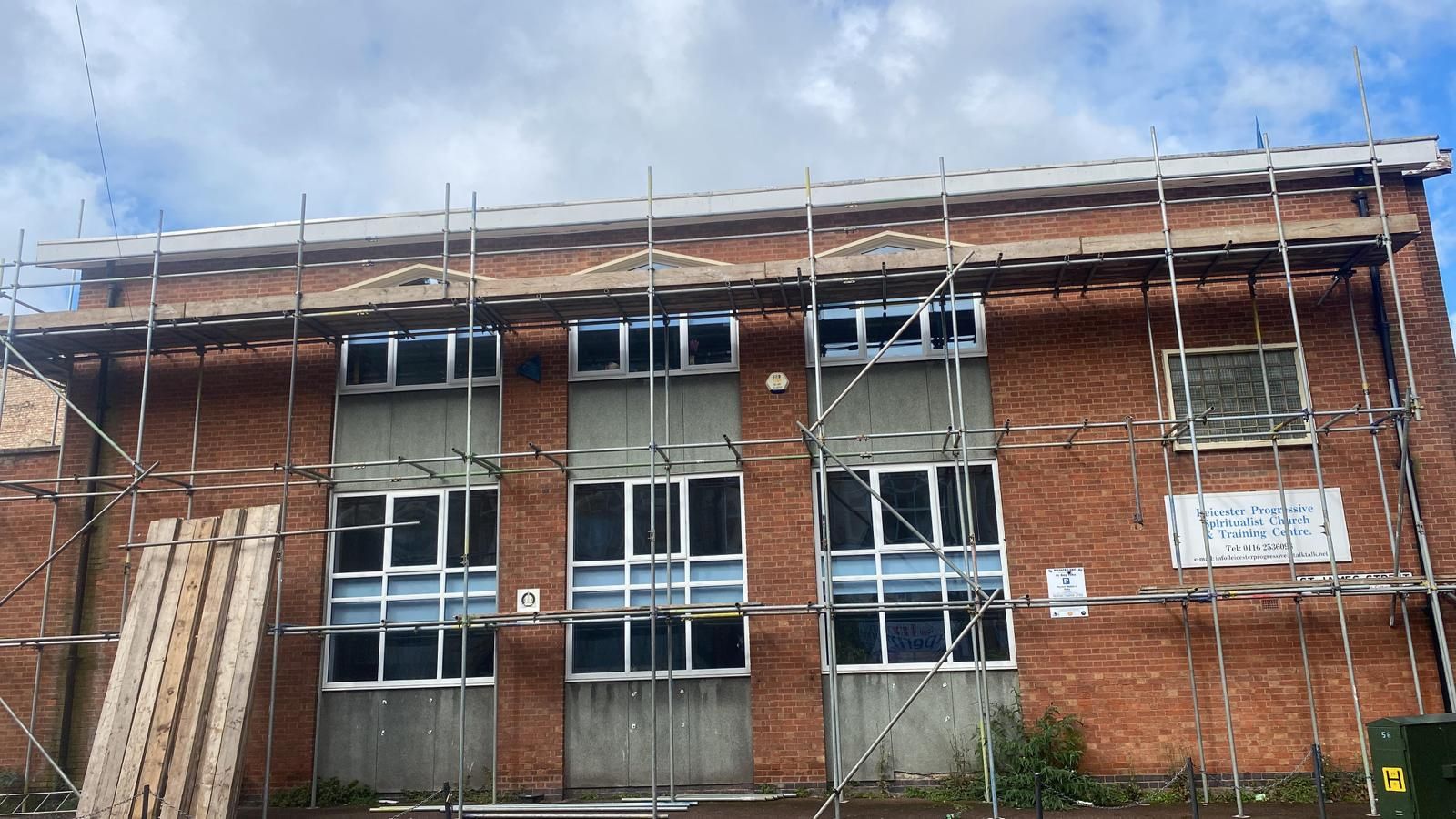Installing Scaffolding Platforms for High-Rise Buildings
Scaffolding Installations for High Rise Buildings in Leicester
Introduction
When it comes to construction or maintenance on high-rise buildings, one of the most critical components is scaffolding. Scaffolding provides a temporary, stable platform for workers to perform tasks at heights safely and efficiently. Installing scaffolding platforms for high-rise structures involves meticulous planning, understanding of engineering principles, and adherence to safety regulations. This blog will delve into the intricacies of installing scaffolding for high-rise projects, highlighting best practices, safety measures, and key considerations to ensure the structure is both functional and secure.
Understanding High-Rise Scaffolding
High-rise scaffolding differs significantly from standard scaffolding due to the heights involved and their unique challenges, such as wind forces, load-bearing capacity, and vertical transportation of materials and workers. The most common types of scaffolding used for high-rise buildings include:
- Supported Scaffolding: Often made from steel or aluminum, this type is built from the ground up and can be several stories high. It is the most commonly used scaffolding for high rises due to its versatility and strength.
- Suspended Scaffolding: This type hangs from the roof of the building and is ideal for tasks such as window cleaning or minor repairs on the building's exterior. It is beneficial when the ground access is limited.
- Mast Climbing Scaffolding: This is a motorised platform that climbs a vertical mast to reach higher levels. It's highly efficient for work on tall buildings as it can be adjusted to various heights.
Planning and Preparation
1. Site Assessment: Conduct a thorough site assessment that includes checking the ground conditions, understanding the building's architecture, and identifying potential hazards. This step is crucial in designing a scaffold that fits the building's specific needs.
2. Design and Engineering: Collaborate with engineers to design scaffolding that can safely support workers, equipment, and materials. The design must comply with all local building codes and safety regulations.
3. Obtain Permits: Before installation begins, obtain all necessary permits from local authorities. This includes permits for street closures if parts of the scaffold need to be assembled on the road.
Installation Process
1. Base Setup: Start by setting up a solid base, ensuring it is level and stable. Use base plates and mud sills if necessary to distribute the scaffold's weight evenly and prevent sinking.
2. Building the Scaffold: Erect the scaffold from the base upwards, securely fastening all connections. Use ladders or internal stair towers for supported scaffolds to allow safe access to the work platform.
3. Safety Checks and Balancing: As the scaffold rises, perform regular safety checks to ensure its stability. Install guardrails, toe boards, and netting to prevent falls and dropped objects. Check that all platforms are level and securely attached.
4. Inspection and Approval: Once the scaffold is fully erected, have it inspected by a qualified inspector to confirm it meets all safety standards. Only after it passes inspection should it be used.
Safety Measures
1. Worker Training: All workers should be trained in high-rise scaffolding safety, including how to safely ascend and descend, handle materials, and respond to emergencies.
2. Weather Considerations: Monitor weather conditions continuously. High winds, rain, or electrical storms can make working on scaffolding extremely dangerous.
3. Emergency Plans: Develop and communicate a clear emergency response plan. Equip all workers with personal protective equipment (PPE), including harnesses, helmets, and fall arrest systems.
Maintenance and Management
1. Regular Inspections: Schedule daily inspections to check the structural integrity of the scaffolding. Look for loose components, corrosion, or other signs of wear and tear.
2. Responsive Maintenance: Address any issues identified during inspections immediately. Delaying repairs can compromise the safety of the entire structure.
3. Documentation: Keep detailed records of all inspections, maintenance activities, and incidents. These documents are essential for legal compliance and can be valuable for future reference.
Conclusion
Installing scaffolding for high-rise buildings is a complex but crucial task that requires precision, expertise, and a solid commitment to safety. By following the guidelines outlined above—from planning and installation to maintenance and safety management—construction firms can ensure that their high-rise scaffolding not only meets the demands of their projects but also protects the lives of everyone involved. As urban landscapes continue to grow and evolve, the role of well-engineered, safely installed scaffolding will remain indispensable in the construction and maintenance of tall structures.
For further information, click here to visit our website or call Leicester Scaffolding Services JK on 0116 216 5534.
Click here to complete our contact form and see how we can help you with your scaffolding requirements.
You might also like
Contact us for a FREE Quote
We will get back to you as soon as possible
Please try again later



